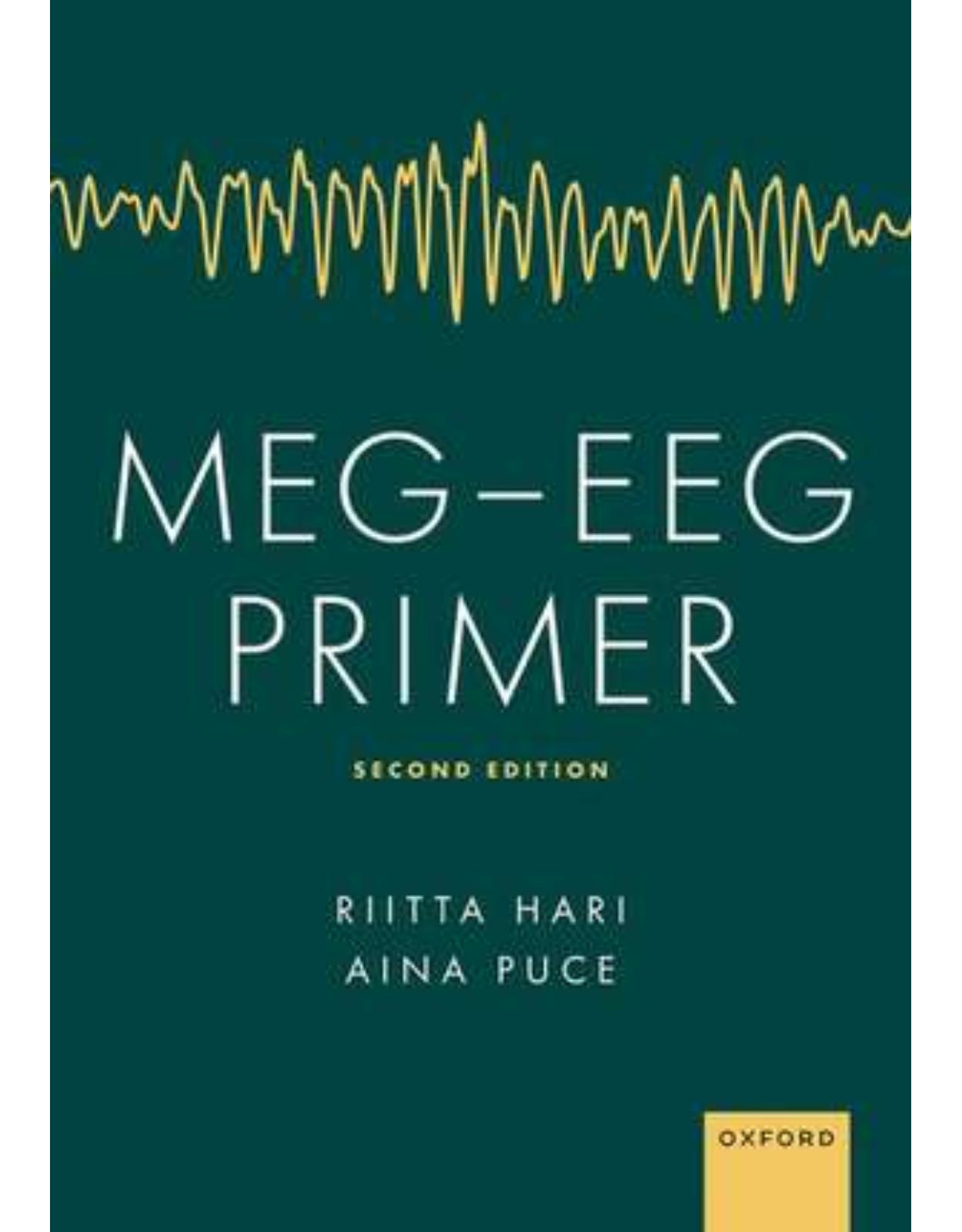
MEG - EEG Primer
Livrare gratis la comenzi peste 500 RON. Pentru celelalte comenzi livrarea este 20 RON.
Disponibilitate: La comanda in aproximativ 4 saptamani
Autor: Riitta Hari, Aina Puce
Editura: Oxford University Press
Limba: Engleza
Nr. pagini: 480
Coperta: Paperback
Dimensiuni: 180 x 254 x 22 mm
An aparitie: 31 oct 2023
Description:
MEG-EEG Primer presents the basic A-to-Z of two non-invasive human electrophysiological methods, magnetoencephalography (MEG) and electroencephalography (EEG). These methods are used to study human brain dynamics, tracking the brain's responses to sensory, cognitive, and social stimuli. This book, now in its second edition, remains the only volume of its kind that discusses both MEG and EEG side-by-side, for an integrated understanding of brain function. In 22 chapters with almost two hundred color figures, the book covers the basic physical and physiological foundations of these two methods, the historical background and development of their implementation, instrumentation, recording techniques, data analysis, and interpretation.The new edition includes expanded text on MEG and EEG sensor types and amplifiers, artifacts, new analysis tools, open data repositories, and novel instrumentation. Due to new concerns from the COVID-19 pandemic, general infection control in MEG/EEG laboratories is also discussed. Interoception is introduced as an interesting emerging research field. Moreover, future developments in MEG and EEG are examined with respect to new and evolving technologies, and new applications for their use. Overall, MEG-EEG Primer puts into perspective the role of MEG and EEG in neuroscience research at large, and the future of our understanding of the dynamics of human brain function.
Table of Contents:
SECTION 1
1. Introduction
MEG and EEG Setups
Comparison of MEG and EEG
Structure of This Primer
References
2. Insights into the Human Brain
Overview of the Human Brain
How to Obtain Information about Brain Function
Timing in Human Behavior
Functional Structure of the Human Cerebral Cortex
Cerebellum
Communication Between Brain Areas
Thalamocortical Connections
Intrabrain Connectivity
Electric Signaling in Neurons
Membrane Potentials
Action Potentials
Postsynaptic Potentials
References
3. Basic Physics and Physiology of MEG and EEG
An Overview of MEG and EEG Signal Generation
Charges and Electric Current
Ohm’s and Kirchoff’s Laws
Relationship Between Current and Magnetic Field
Superconductivity
Inverse Problem
Source Currents
Primary Current
Layers, Open Fields, and Closed Fields
Intracortical Cancellation
Volume Conduction
Spherical Head Model
Some General Points about Source Localization
References
4. An Overview of EEG and MEG
Historical Aspects
Early EEG Recordings
Early MEG Recordings
Types of EEG and MEG Signals
Brain Rhythms
Evoked and Event-Related Responses
Advantages and Disadvantages of MEG and EEG
Advantages
Disadvantages
References
SECTION 2
5. Instrumentation for EEG and MEG
EEG Instrumentation
Electrodes
General
Wet Electrodes
Dry Electrodes
Hybrid or “Semi-Dry” Electrode Configurations
Special Electrodes
Electrodes for Invasive Recordings
Electrodes for Portable Devices and Brain–Computer Interfaces
ExG Electrodes
Electrodes for Ultra-Slow EEG Signals
EEG Amplifiers
General
Differential Amplifiers and Common-Mode Rejection
Effect of Amplifier Input Impedance on CMRR
Maximizing CMRR: Grounding and Special Feedback Circuits
DC-Coupled EEG Amplifiers
EEG Amplifiers for Simultaneous Use With Other Neuroimaging Techniques
Standard Electrode Positions
Reference Electrode Configurations
General
Effect of Reference Electrode Site on the Measured Potential Distribution
Re-Referencing Relative to an Average Reference
MEG Instrumentation
SQUIDs and SQUID Electronics
Flux Transformers and Their Configuration
Toward On-Scalp MEG
High-Tc SQUIDs
Optically Pumped Magnetometers
Shielding
Other Ways to Maintain a Noise-Free Environment
References
6. Devices for Sensory Stimulation and Behavioral Monitoring
Stimulators
Auditory Stimulators
Visual Stimulators
Somatosensory Stimulators
Stimulators for Inducing Acute Pain
Passive-Movement Stimulators
Olfactory and Gustatory Stimulators
Olfaction
Gustation
Devices for Behavioral Monitoring
Phantoms for MEG/EEG Source Analysis and Artifact Removal
References
7. Practicalities of Data Collection
General Principles of Good Experimentation
Replicability Checks
EEG Recordings: The Practice
Skin Preparation for Electrode-Impedance Measurement
General
Skin Preparation for Electrode Application
Electrode-Impedance Measurement
MEG Recordings: The Practice
Measurement of MEG Sensor and EEG Electrode Positions
Infection Control in EEG and MEG Recordings
General
COVID-19-Related Issues
Electrical Safety
References
8. Data Acquisition, Preprocessing, and Sharing
Filtering
Data Sampling Rate
Simulation of EEG and MEG Data
Standardization of Data Formats and Analysis Pipelines for Data Sharing
Brain Imaging Data Standard, BIDS
A Bird’s-Eye View of a Standardized Data Set Structure
References
9. Artifacts
Introduction
Some Common Artifact-Removal Methods
Blind Source Separation
Signal-Space Projection and Separation Methods
Eye-Related Artifacts
Eye Movements and Eye Blinks
Saccades and Microsaccades
Removal of Eye-Related Artifacts
Muscle Artifacts
Generation and Recognition
Removal of Myogenic Artifacts
Cardiac Artifacts
Generation and Recognition
Removal of Cardiac Artifacts
Respiration-Related Artifacts
Generation and Recognition
Removal of Respiration Artifacts
Sweating
Generation and Recognition
Removal of Sweating Artifacts
Nonphysiological Artifacts
Power-Line Noise and Its Removal
Response-Box Artifacts
Artifacts Related to EEG Electrodes and MEG Sensors
EEG Artifacts Caused by fMRI Scanning and Noninvasive Brain Stimulation
How to Ensure the Signals Come From the Brain
References
10. Analyzing the Data
Introduction
Data Inspection and Preprocessing
Analysis of Averaged Data
Evoked Versus Induced Activity
Signal-to-Noise Considerations
Segmentation
Amplitude and Latency Measures
Topographic Maps
Analysis of Unaveraged Data
Brain Microstates
MEG/EEG Signal Level and Power
Event-Related Desynchronization/Synchronization and Temporal Spectral Evolution
Time–Frequency Analyses
Phase Resetting and Models of Evoked Activity
Cross-Frequency Coupling
Measures of Association and Connectivity
Functional Connectivity
Correlation and Coherence
Phase-Locking Factor, Phase-Locking Value, and Phase-Lag Index
Mutual Information
Transfer Entropy
Cross-Correlation
Granger Causality
Functional Connectivity: Quo Vadis?
Effective Connectivity
Dynamic Causal Modeling
Graph-Theoretical Analysis
On the Practicalities of Connectivity Analyses
Source Modeling
Forward and Inverse Problems in MEG and EEG
Head Models
Single-Dipole Model
Goodness of Fit and Confidence Limits of the Model
Spatial Resolution
Source Extent
Effect of Synchrony
Multidipole Models, Distributed Models, and Beamformers
Hypothesis Testing With Predetermined Source Locations
Statistical Considerations
Group Effects
Whole-Head Analysis of Evoked Responses
MEG Signal Detectability and Statistical Power in Group Studies
Effect of Source Current Orientation and Location
Sensor Sensitivity, Number of Trials, Group Size, Effect Size, and Statistical Power
Common Pitfalls in Data Analysis and Interpretation
References
SECTION 3
11. Brain Rhythms
Introduction
Alpha Rhythm of the Posterior Cortex
Mu Rhythm of the Sensorimotor Cortex
Tau Rhythm of the Auditory Cortex
Beta Rhythms
Theta Rhythms
Gamma Rhythms
Delta-Band Activity and Ultra-Slow Oscillations
Coupling Between Different Brain Rhythms
Changes in Brain Rhythms During Sleep
Effects of Anesthetics and Other Drugs on EEG/MEG
References
12. Evoked and Event-Related Responses
Introduction
An Initial Example
Nomenclature of Evoked Responses and Brain Rhythms
Effects of Interstimulus Interval and Stimulus Timing
Effects of Other Stimulus Parameters
References
13. Auditory Responses
Aspects of Auditory Stimulation
Hearing Threshold
Stimulus Type, Duration, Envelope, and Other Characteristics
Auditory Brainstem Responses
Middle-Latency Auditory-Evoked Responses
Long-Latency Auditory-Evoked Responses
Auditory Steady-State Responses
Frequency Tagging
References
14. Visual Responses
Introduction
Visual Stimuli
Visual Acuity
Distance and Visual Angle of the Stimulus
Foveal, Parafoveal, and Extrafoveal Stimulation
Luminance and Contrast
Spatial Frequency
Electroretinogram and Magnetoretinogram
Visual Evoked Potentials and Fields
Multifocal Visual Evoked Responses
Assessing the Ventral Visual Stream
Assessing the Dorsal Visual Stream
Visual Steady-State Responses
Decoding of Visual Categories
References
15. Somatosensory Responses
Compound Action Potentials and Fields of Peripheral Nerves
Responses from the SI Cortex
Responses from the Posterior Parietal Cortex
Responses from the SII Cortex
Somatosensory Steady-State Responses
High-Frequency Oscillations in the SI Cortex
Pain and Nociceptive Responses
References
16. Other Sensory Responses, Multisensory Interaction, and Interoception
Olfactory and Gustatory Responses
Olfactory Responses
Gustatory Responses
Multisensory Interaction
Overview
Audiotactile Interaction
An MEG Case Study
Multisensory Integration During Human Communication
Other Types of Multisensory Evoked Responses
Models of Multisensory Interaction
Interoception
Overview
Visceral Responses
Evoked Responses to Distension of Esophagus, Urethra, and Rectum
Spontaneous Contractions of the Stomach and Upper Gut
Contractions of the Uterus
The Brain–Heart Axis: Evoked Activity to One’s Own Heartbeat
Evoked Activity to One’s Own Respiration
References
17. Motor Function
Movement-Related Readiness Potentials and Fields
Coherence Between Brain Activity and Movements/Muscles
Overview
Cortex–Muscle Coherence
Corticokinematic Coherence
Corticovocal Coherence
More Complex Motor Actions
References
18. Brain Signals Related to Change Detection
Introduction
Contingent Negative Variation
Mismatch Negativity and Mismatch Field
P300 Responses
N400 Responses
Error-Related Negativity
References
19. The Social Brain
Theoretical Framework
Responses to Emotions Depicted by Faces and Bodies
Action Viewing and Mirroring
Hyperscanning
Verbal Communication
References
20. Brain Disorders
Introduction
Epilepsy
Preoperative Mapping
Functional Identification of the Central Sulcus
Anatomical Identification of the Central Sulcus
Hemispheric Dominance for Speech and Language
Stroke
Critically Ill Patients
Coma
Brain Death
Why Have the Clinical Applications for MEG Developed So Slowly?
References
21. MEG/EEG Combined with Other Brain Imaging Methods
Combining MEG and EEG
Combining MEG/EEG with MRI/fMRI
EEG During Noninvasive Brain Stimulation
Hybrid MEG–MRI
Multiple Methods and the “New Normal”
References
22. Stepping Back and Looking Forward: Toward Understanding the Human Brain
Further Developments of Instrumentation
Working with “Big Data”
Mining Knowledge From Large Data Sets
Biomarkers
New Targets in MEG/EEG Research
Deep Sources
Inhibition
More Focus on Developmental and Life-Span Studies
High-Resolution Assessment of Behavior
Toward Understanding the Human Brain
From Micro- to Macrolevel and Back
Living Matter Is Special
The Brain as a Nonlinear Timing System
Toward Convergence Research
Looking Forward
References
Index
| An aparitie | 31 oct 2023 |
| Autor | Riitta Hari, Aina Puce |
| Dimensiuni | 180 x 254 x 22 mm |
| Editura | Oxford University Press |
| Format | Paperback |
| ISBN | 9780197542187 |
| Limba | Engleza |
| Nr pag | 480 |

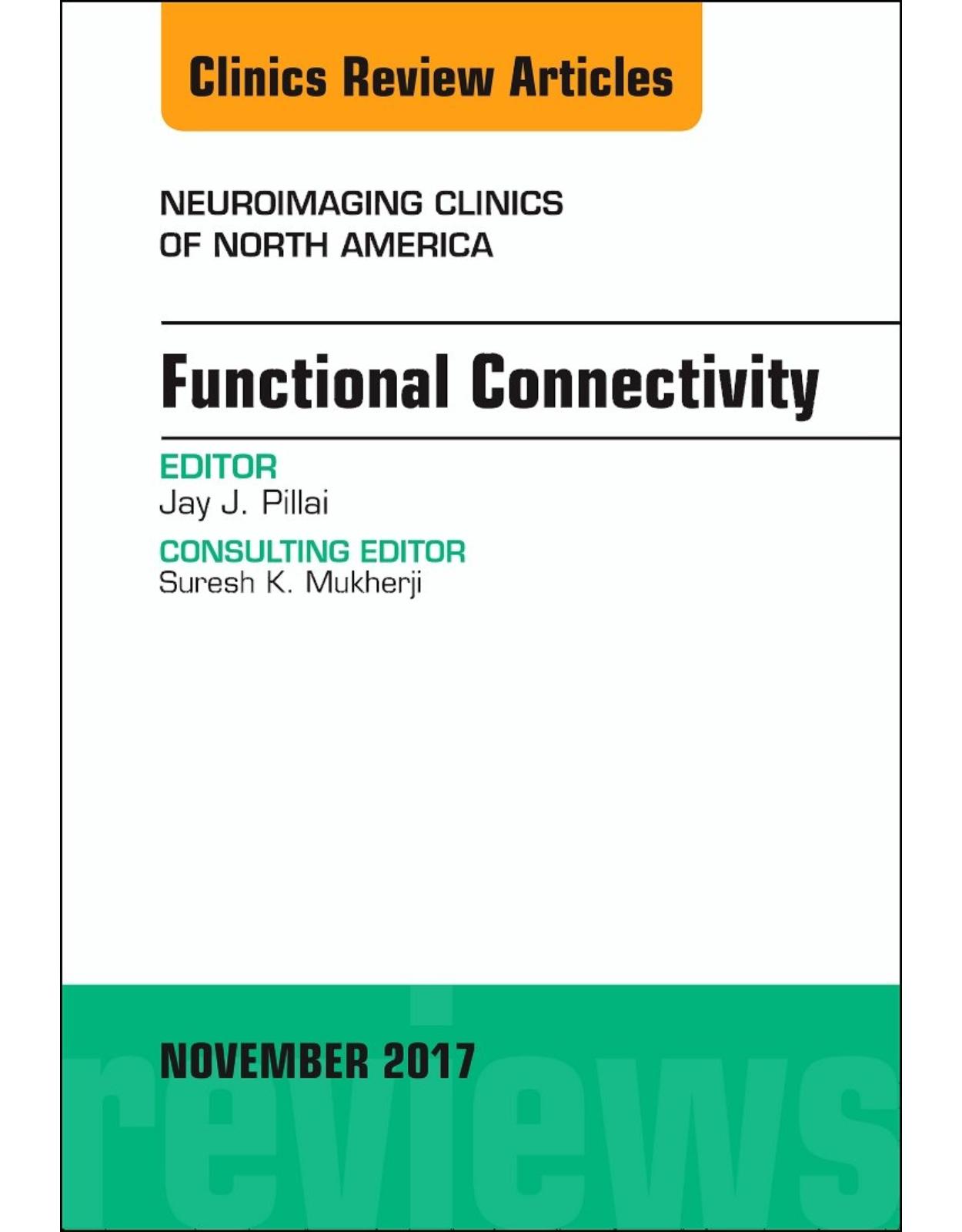
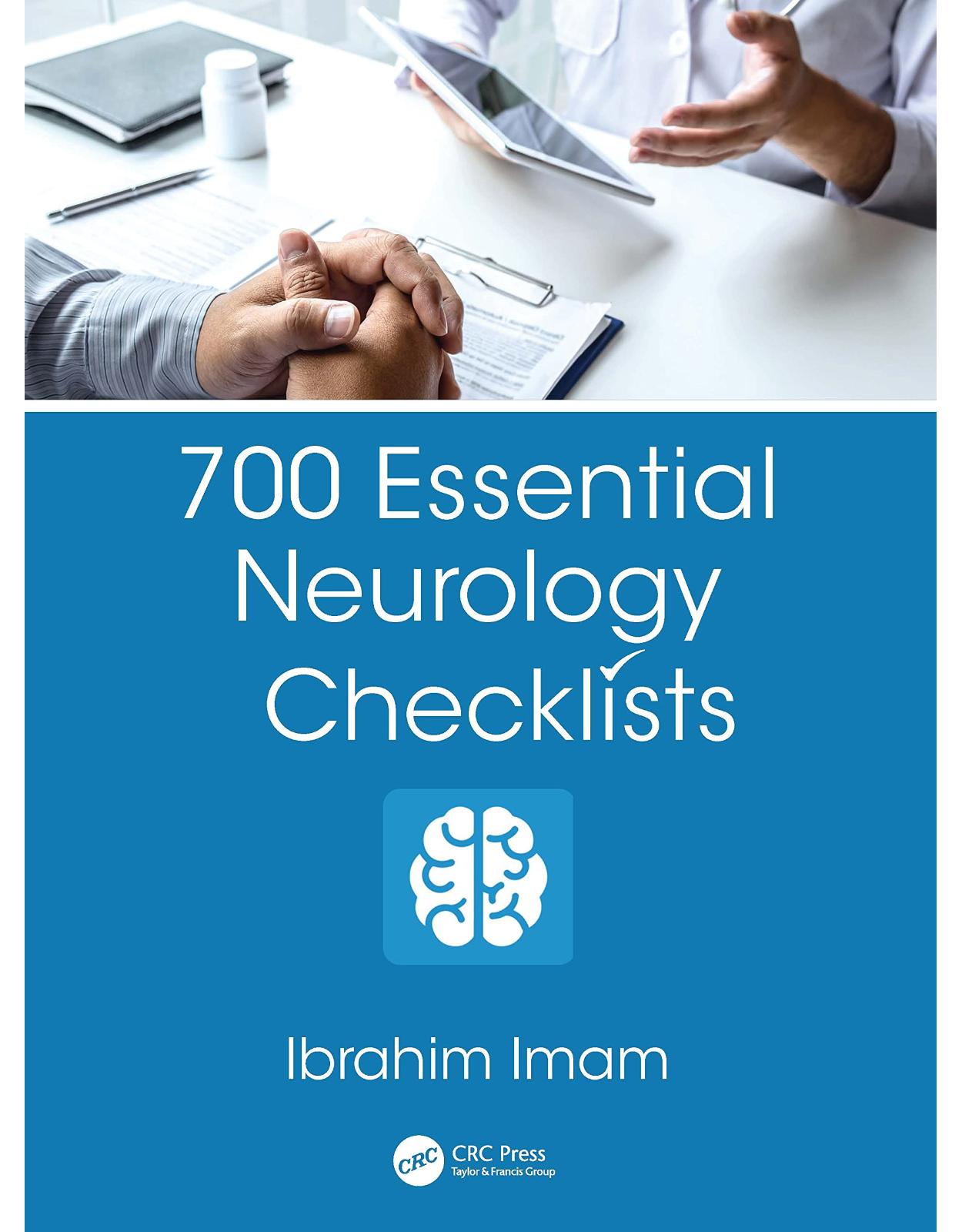
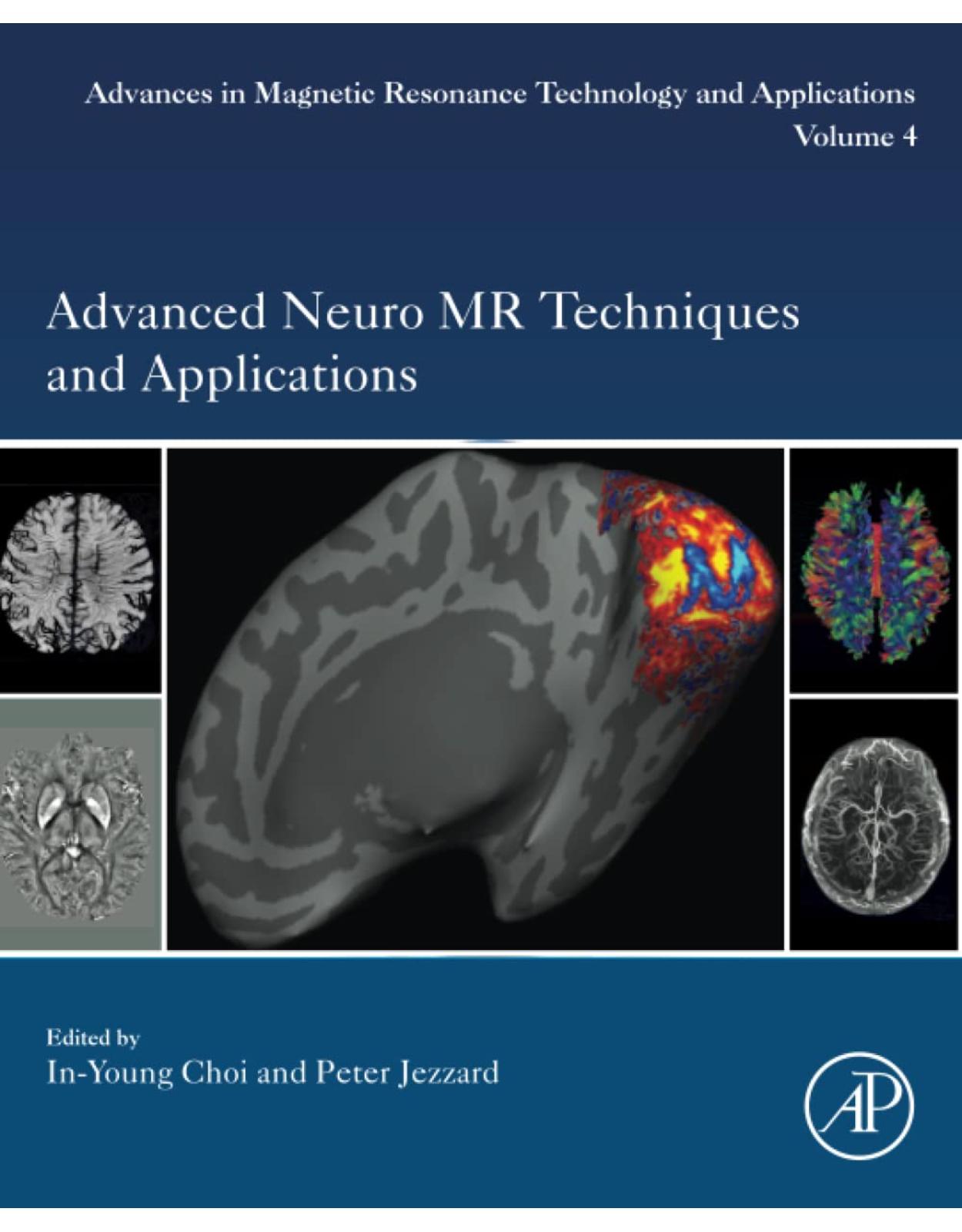
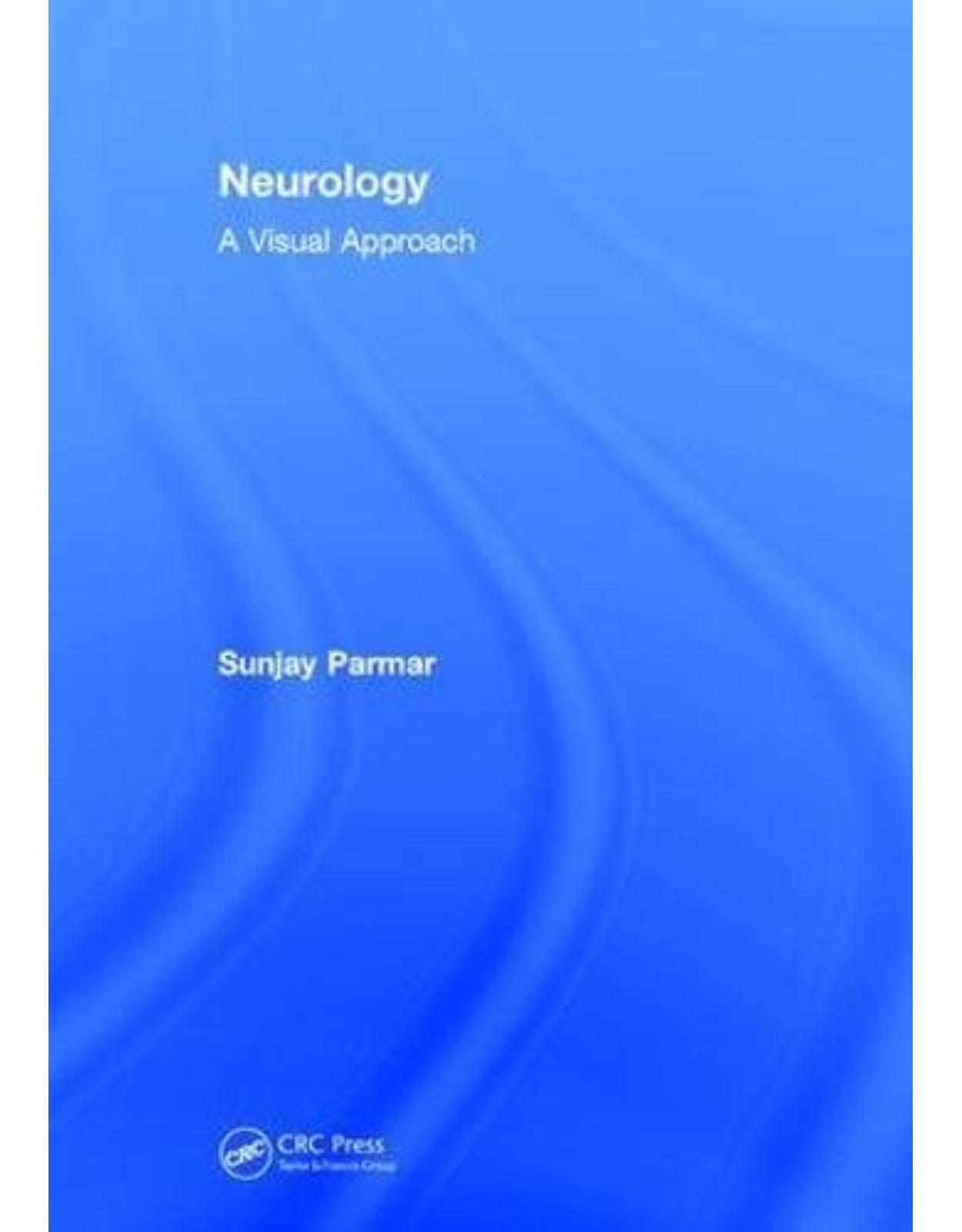
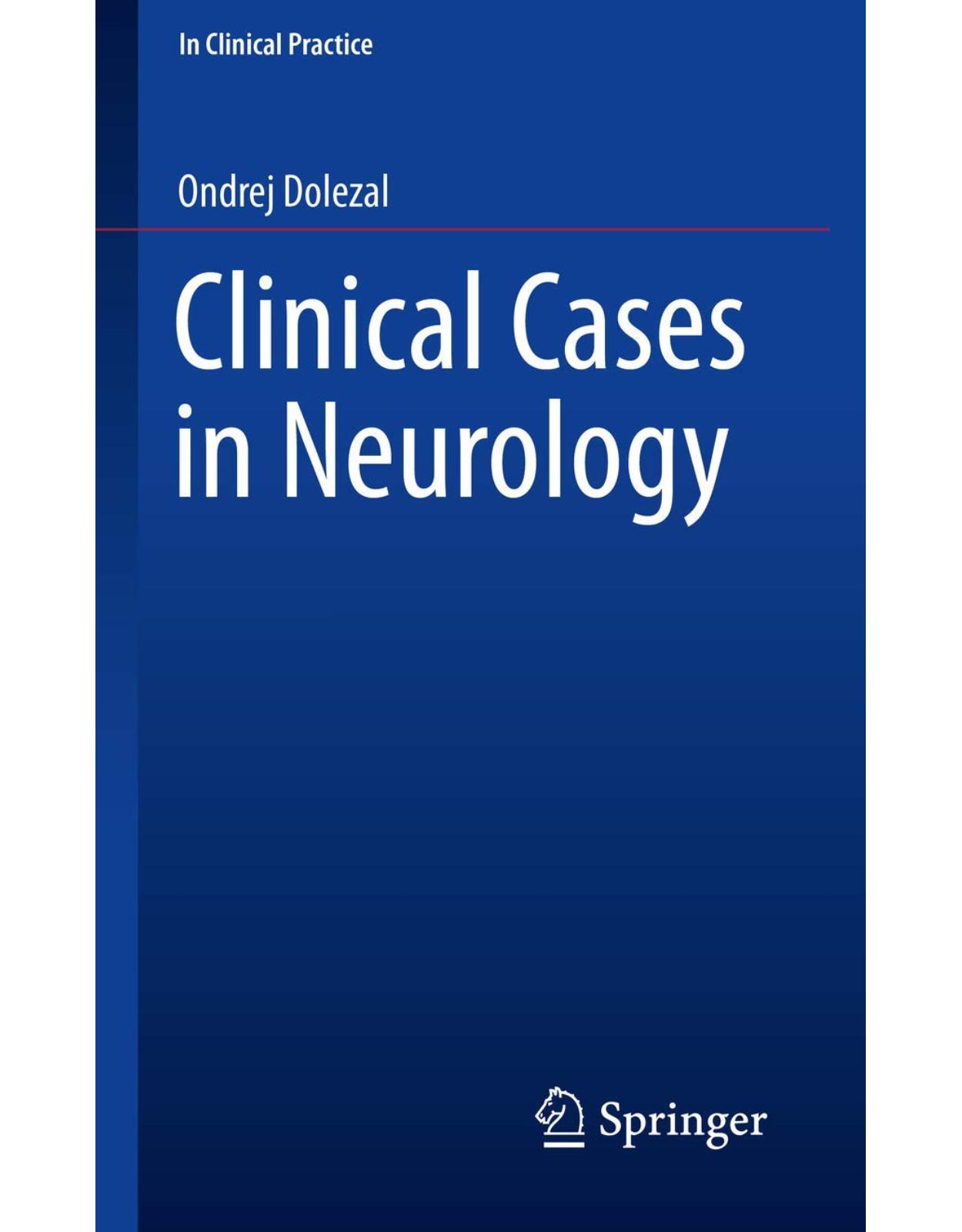
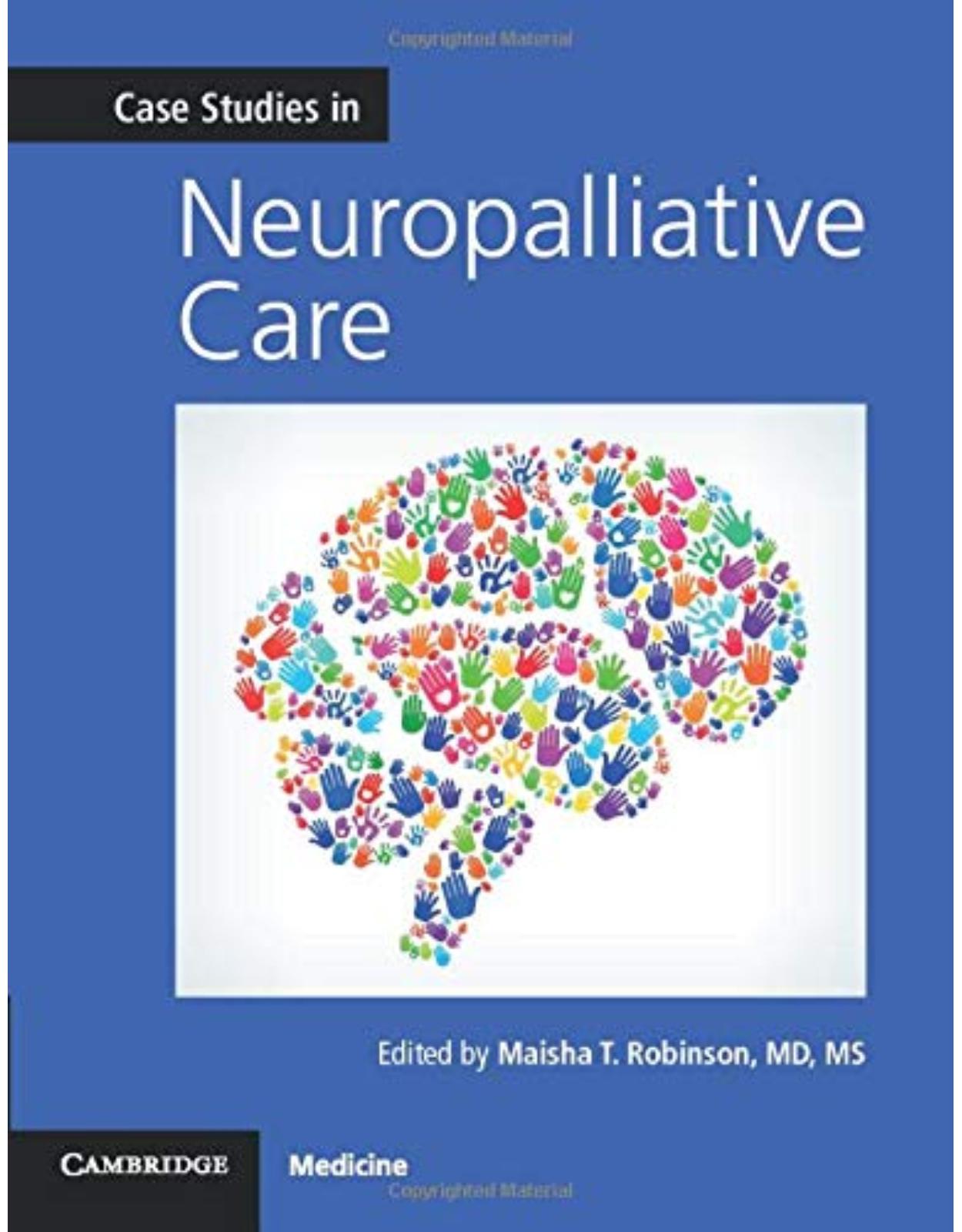
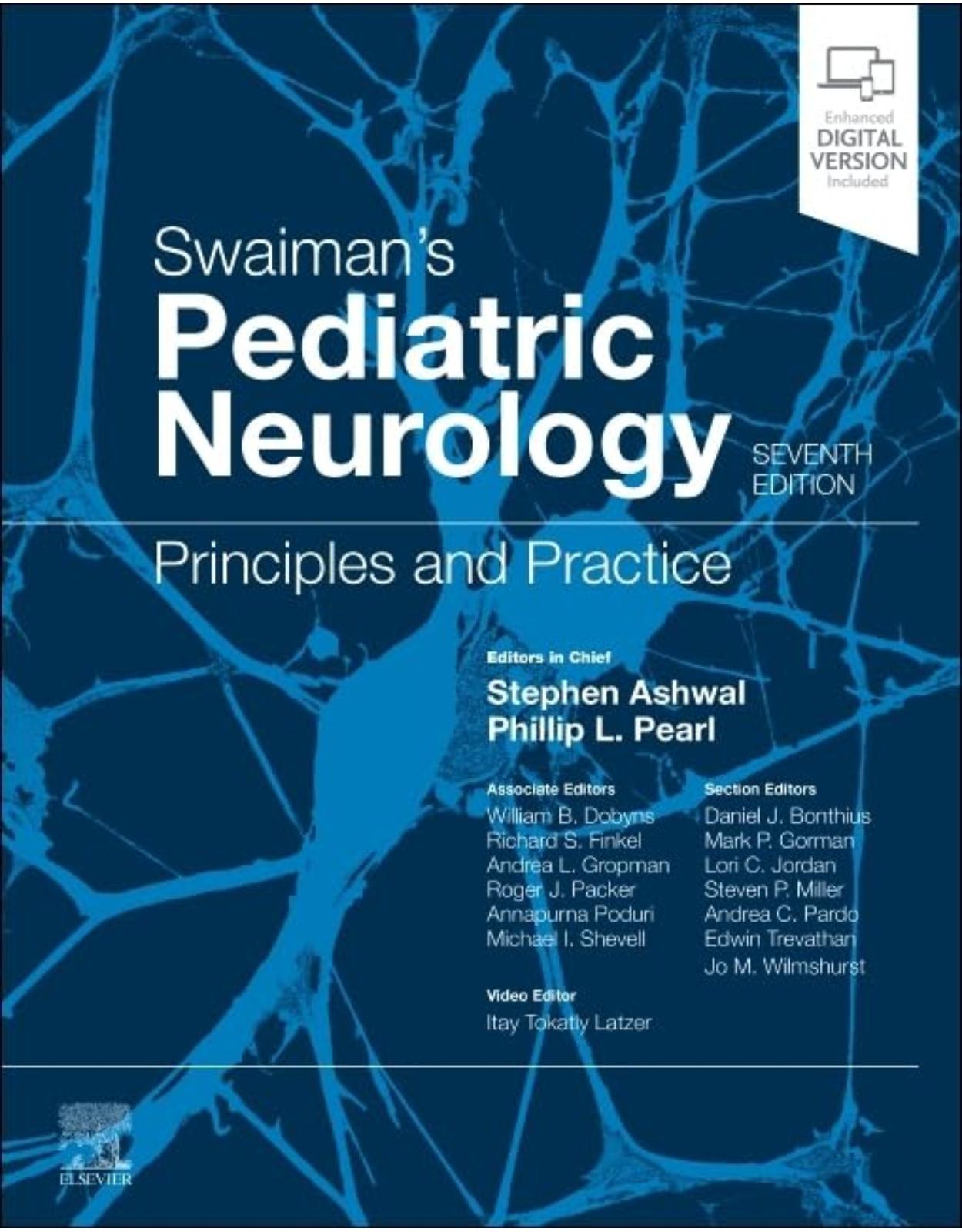
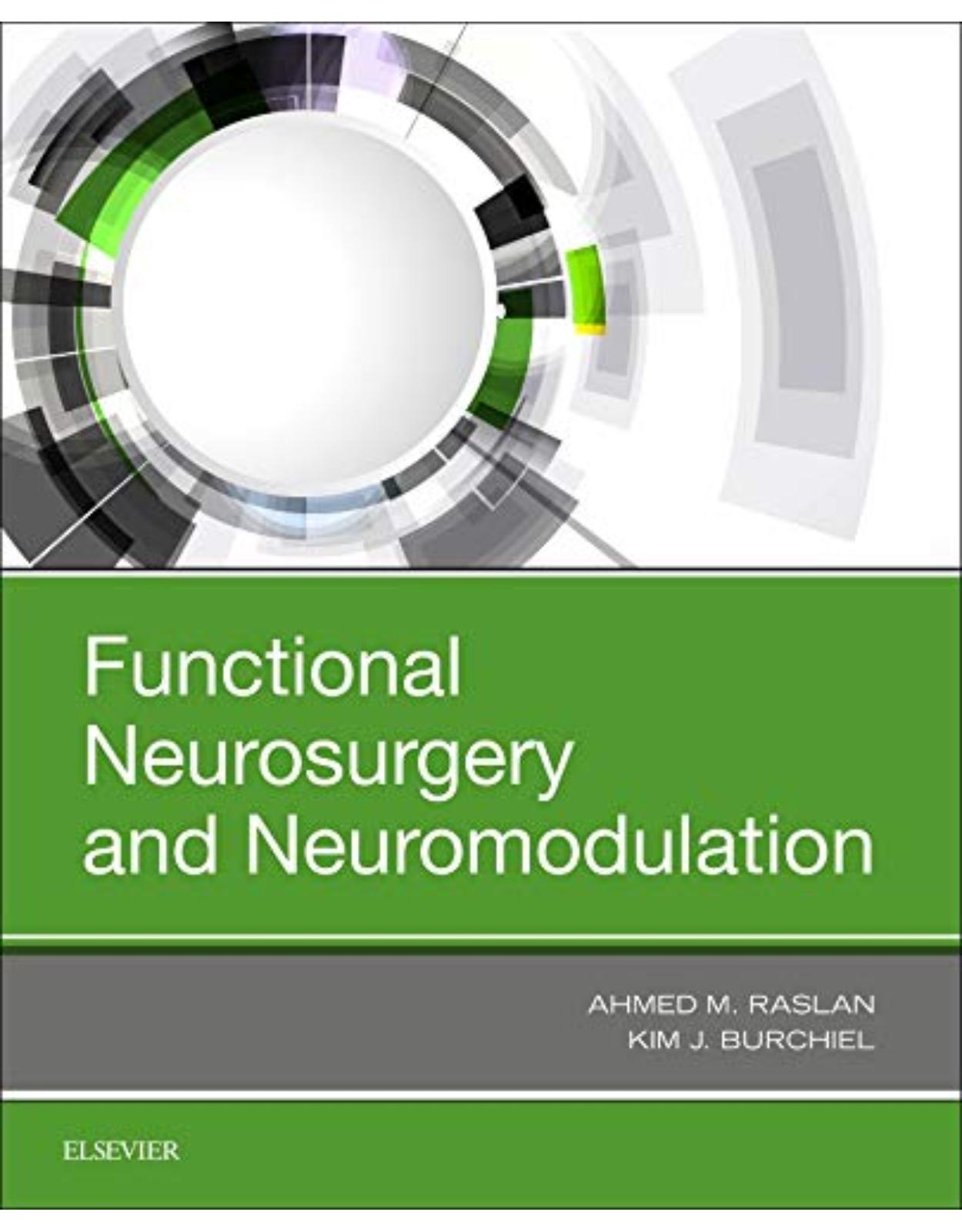
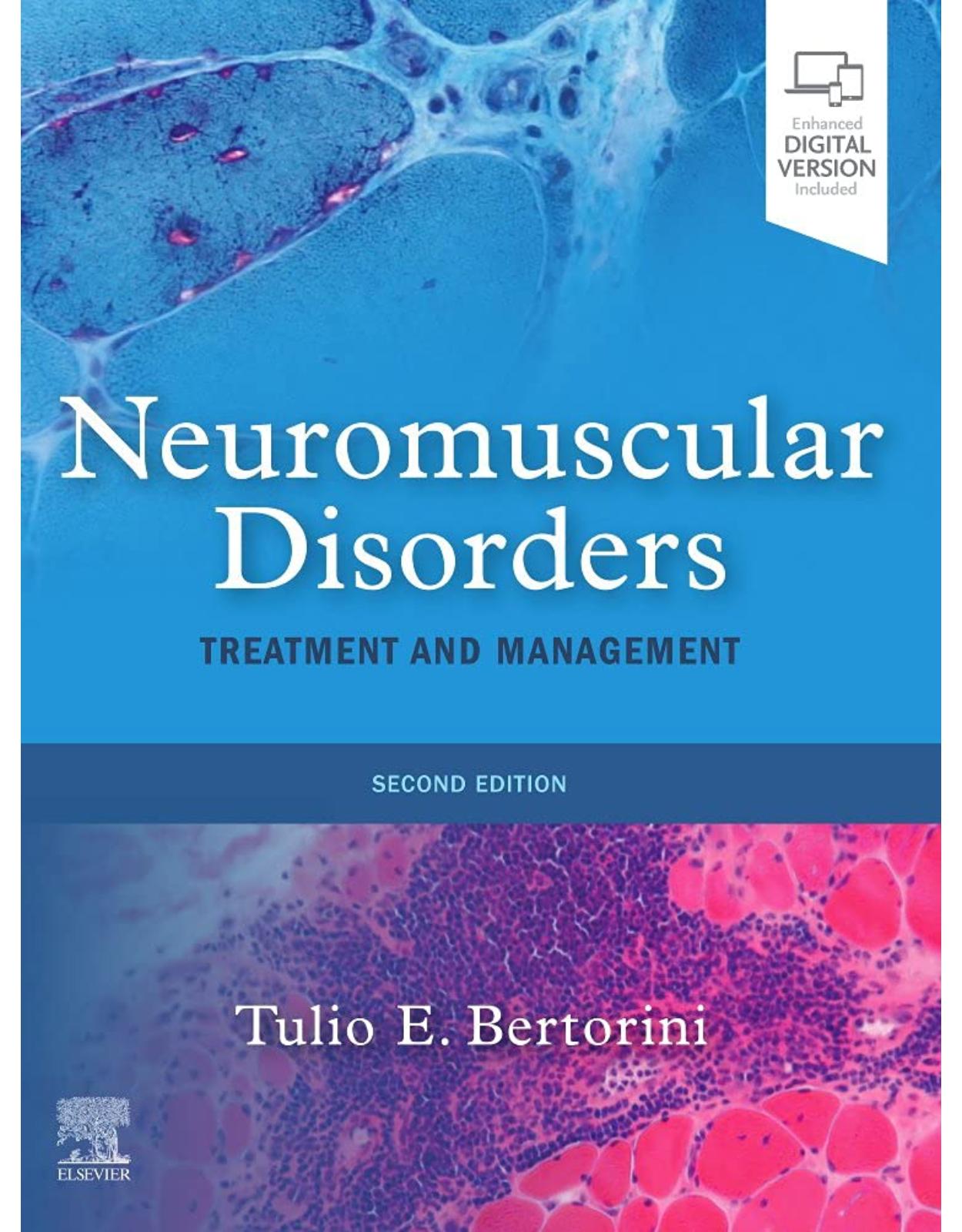
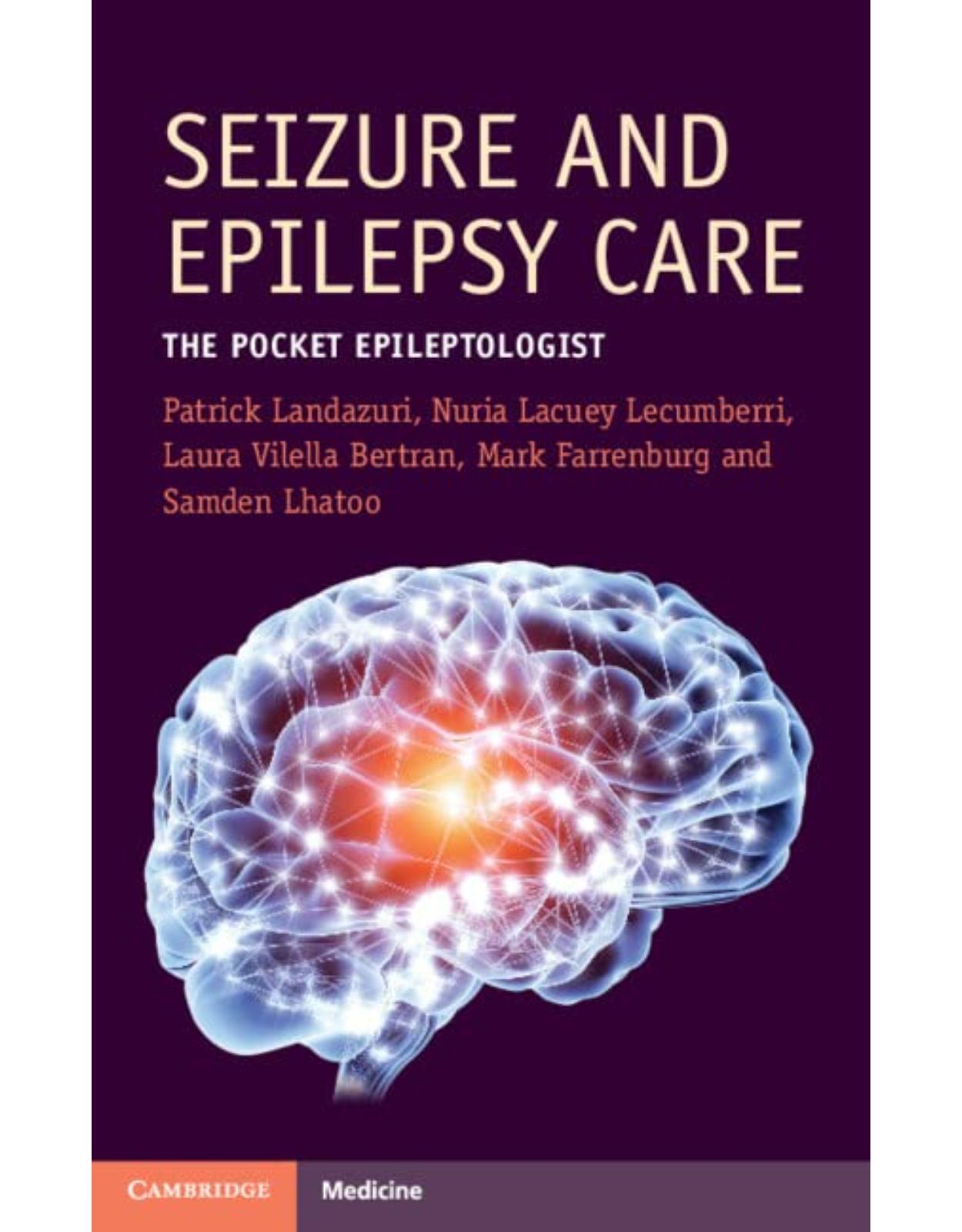
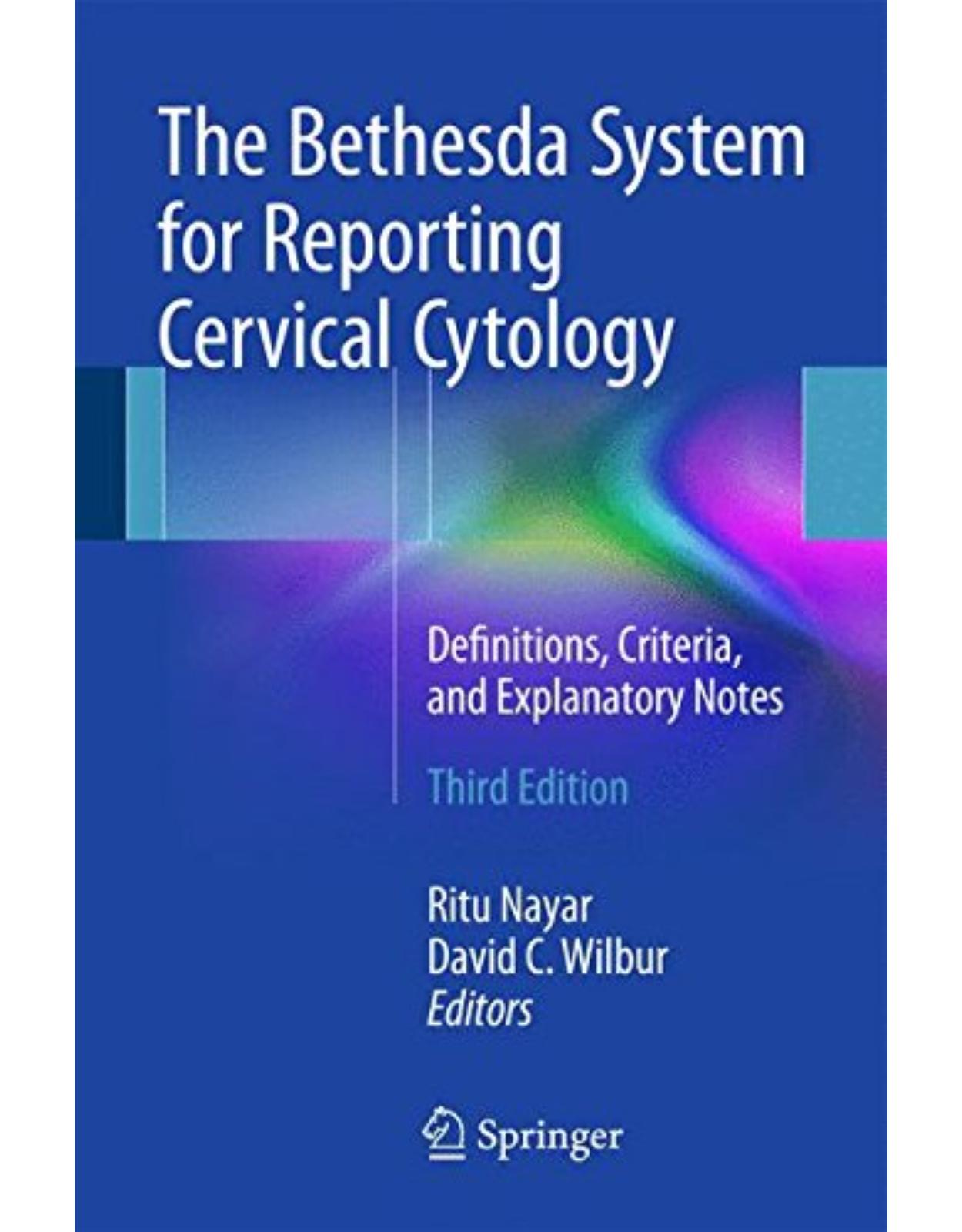
Clientii ebookshop.ro nu au adaugat inca opinii pentru acest produs. Fii primul care adauga o parere, folosind formularul de mai jos.